Anatomy > TEST BANKS > Test Bank - Principles of Anatomy and Physiology, 12th Edition, by Bryan Derrickson, Gerald Tortora. (All)
Test Bank - Principles of Anatomy and Physiology, 12th Edition, by Bryan Derrickson, Gerald Tortora.
Document Content and Description Below
1. This is the study of the functions of body structures. a. Anatomy b. Physiology c. Dissection d. Histology e. Immunology Ans: B Difficulty: easy Feedback: 1.1 2. This is defined as a group... of cells with similar structure and function. a. Tissue b. Organ c. Molecules d. Compounds e. Organism Ans: A Difficulty: easy Feedback: 1.2 3. Using your fingers to find your pulse on your wrist is an example of a. Auscultation b. Palpation c. Responsiveness d. Gross anatomy e. Physiologist Ans: B Difficulty: medium Feedback: 1.2 4. Percussion techniques can be used to determine a. Heart beats b. Pulse rate c. Amplify sounds d. Fluid in the lungs e. Enlarged organs Ans: D Difficulty: medium Feedback: 1.2 5. This is the sum of all cellular processes that occur in the body. a. Metabolism b. Anabolism c. Catabolism d. Auscultation e. Palpation Ans: A Difficulty: hard Feedback: 1.3 6. List the basic processes of life. Ans: The basic processes of life include metabolism, responsiveness, movement, growth, differentiation and reproduction. Difficulty: medium Feedback: 1.3 7. This is the regulation of body conditions within normal limits. a. Palpation b. Percussion c. Homeostasis d. Autopsy e. Histology Ans: C Difficulty: easy Feedback: 1.4 8. The systems that provide homeostasis are: a. Cardiovascular and Integumentary b. Nervous system and Endocrine c. Cardiovascular and respiratory systems d. Respiratory and muscular systems e. Urinary and integumentary systems Ans: B Difficulty: easy Feedback: 1.4 9. This body fluid directly affects the proper functioning of cells. a. Lymph b. Blood c. Interstitial fluid d. Aqueous humor e. Vitreous body Ans: C Difficulty: medium Feedback: 1.4 10. Name the differences between a positive and a negative feedback system. Ans: A positive feedback system will strengthen or reinforce a change in one of the body’s controlled conditions while a negative feedback system will reverse a change in a controlled condition. Difficulty: medium Feedback: 1.4 11. This is the structure of a feedback system that receives output from the control center. a. Receptor b. Body fluids c. Brain d. Effector e. Afferent Ans: D Difficulty: medium Feedback: 1.4 12. This is the structure of a feedback system that provides input to the control center. a. Receptor b. Muscle c. Brain d. Effector e. Efferent Ans: A Difficulty: medium Feedback: 1.4 13. A condition NOT regulated by a negative feedback loop would be: a. Childbirth b. Body temperature c. Blood pressure d. Heart rate e. Blood sugar Ans: A Difficulty: medium Feedback: 1.4 14. This is a change in body function that can be measured objectively. a. Symptom b. Disorder c. Disturbance d. Disease e. Sign Ans: E Difficulty: medium Feedback: 1.4 Essay 15. Describe the anatomical position. Ans: In the anatomical position the subject stands erect facing the observer with the head level and the eyes facing forward. The feet are flat on the floor and directed forward and the arms are at the sides with the palms turned forward. Difficulty: medium Feedback: 1.5 Multiple Choice 16. In which cavity is the brain located? a. Cranial cavity b. Vertebral cavity c. Abdominal cavity d. Pericardial cavity e. Pleural cavity Ans: A Difficulty: Easy Feedback: 1.5 17. In which cavity are the lungs located? a. Cranial cavity b. Vertebral cavity c. Abdominal cavity d. Pericardial cavity e. Pleural cavity Ans: E Difficulty: Easy Feedback: 1.5 18. In which cavity is the stomach located? a. Cranial cavity b. Vertebral cavity c. Abdominal cavity d. Pericardial cavity e. Pleural cavity Ans: C Difficulty: Easy Feedback: 1.5 19. This cavity is inferior to the abdominopelvic cavity. a. Vertebral canal b. Cranial cavity c. Abdominal cavity d. Pericardial cavity e. Pelvic cavity Ans: E Difficulty: medium Feedback: 1.5 20. Which cavity would include the heart? a. Cranial cavity b. Vertebral cavity c. Abdominal cavity d. Pericardial cavity e. Pleural cavity Ans: D Difficulty: Easy Feedback: 1.5 21. The function of the secretions of the serous membrane is to: a. Separate the thoracic and abdominal cavities b. Protect the central nervous system c. Prevent infection d. Reduce friction between organs e. Carry nervous impulses Ans: D Difficulty: Medium Feedback: 1.5 22. This plane divides the body into right and left halves. a. Frontal b. Sagittal c. Transverse d. Oblique e. Coronal Ans: B Difficulty: medium Feedback: 1.5 23. This plane divides the body into anterior and posterior halves. a. Frontal b. Sagittal c. Transverse d. Oblique e. Midsagittal Ans: A Difficulty: medium Feedback: 1.5 24. A transverse plane will cut a body or organ into a. Anterior and posterior b. Left and right c. Superior and inferior d. At an angle e. Unequal left and right sides Ans: C Difficulty: medium Feedback: 1.5 25. This directional term means farthest from the midline. a. Medial b. Anterior c. Proximal d. Deep e. Lateral Ans: E Difficulty: medium Feedback: 1.5 26. This directional term means farther from the attachment of a limb to the trunk or farther from the origination of a structure. a. Deep b. Contralateral c. Lateral d. Cephalic e. Distal Ans: E Difficulty: medium Feedback: 1.5 27. This directional term is the opposite of deep. a. Superficial b. Superior c. Inferior d. Distal e. Proximal Ans: A Difficulty: medium Feedback: 1.6 28. Choose the directional term that would make the sentence correct. The heart is _____ to the liver. a. Inferior b. Anterior c. Contralateral d. Superior e. Superficial Ans: D Difficulty: medium Feedback: 1.5 29. Choose the directional term that would make the sentence correct: The sternum is ____ to the heart. a. Posterior b. Anterior c. Inferior d. Superior e. Lateral Ans: B Difficulty: medium Feedback: 1.5 30. Which of the following organs is not found in the abdominal cavity? a. Stomach b. Spleen c. Liver d. Gallbladder e. Diaphragm Ans: E Difficulty: medium Feedback: 1.5 31. This covers the viscera within the thoracic and abdominal cavities and lines the walls of the thorax and abdomen. a. Pericardium b. Pleura c. Mediastinum d. Diaphragm e. Serous membrane Ans: E Difficulty: medium Feedback: 1.5 [Show More]
Last updated: 2 years ago
Preview 1 out of 747 pages
.png)
Buy this document to get the full access instantly
Instant Download Access after purchase
Buy NowInstant download
We Accept:

Reviews( 0 )
$20.00
Can't find what you want? Try our AI powered Search
Document information
Connected school, study & course
About the document
Uploaded On
Jun 11, 2021
Number of pages
747
Written in
Additional information
This document has been written for:
Uploaded
Jun 11, 2021
Downloads
0
Views
121

.png)



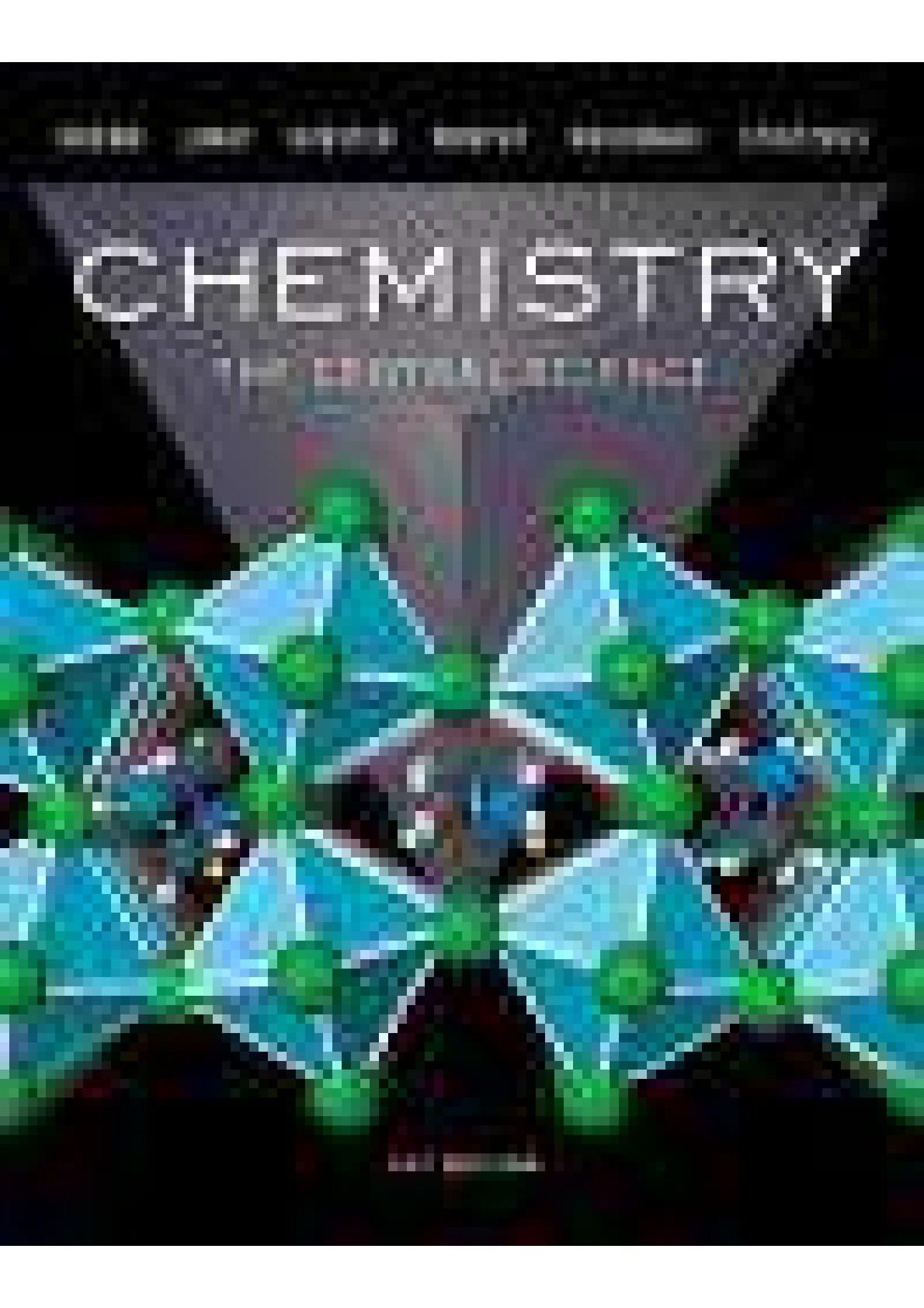





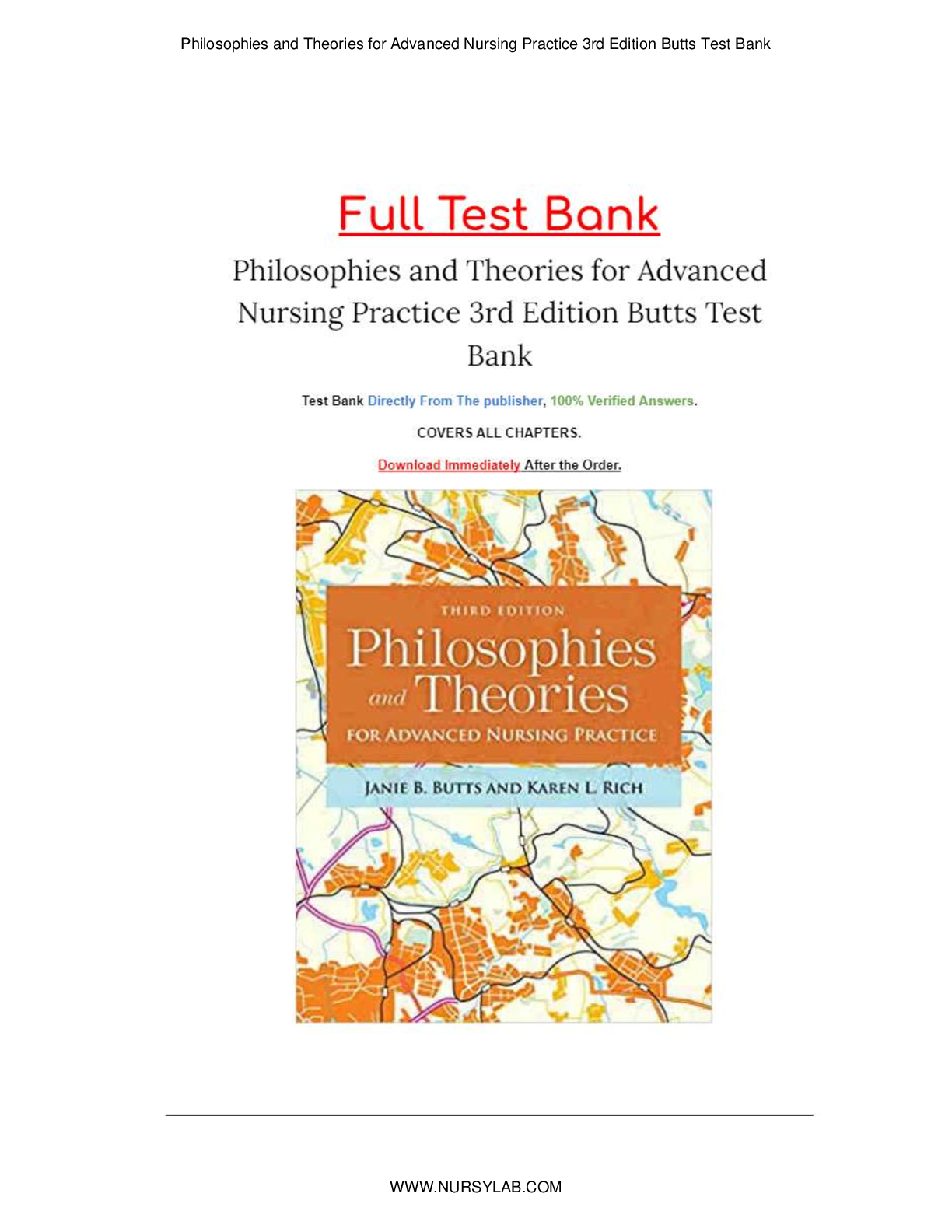
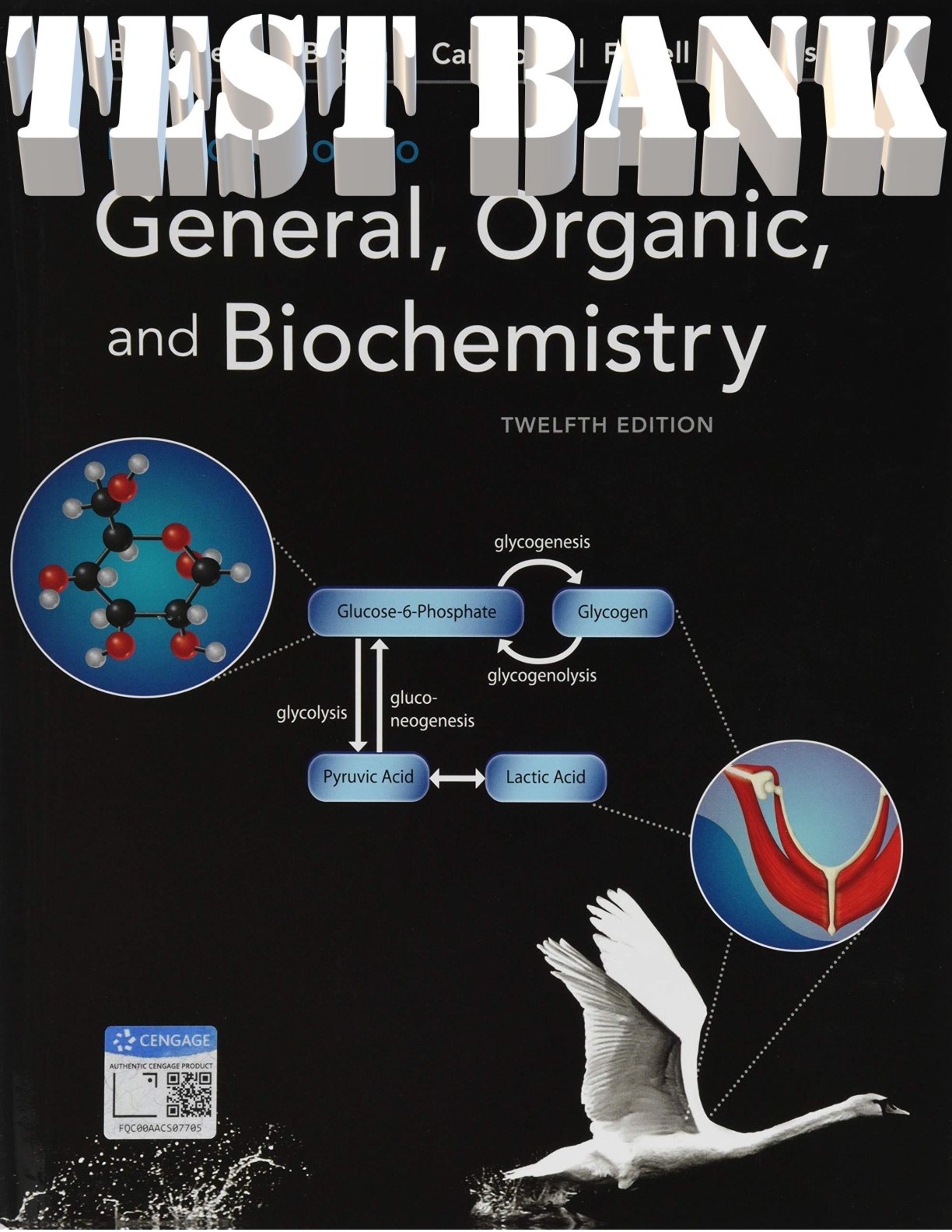

.png)
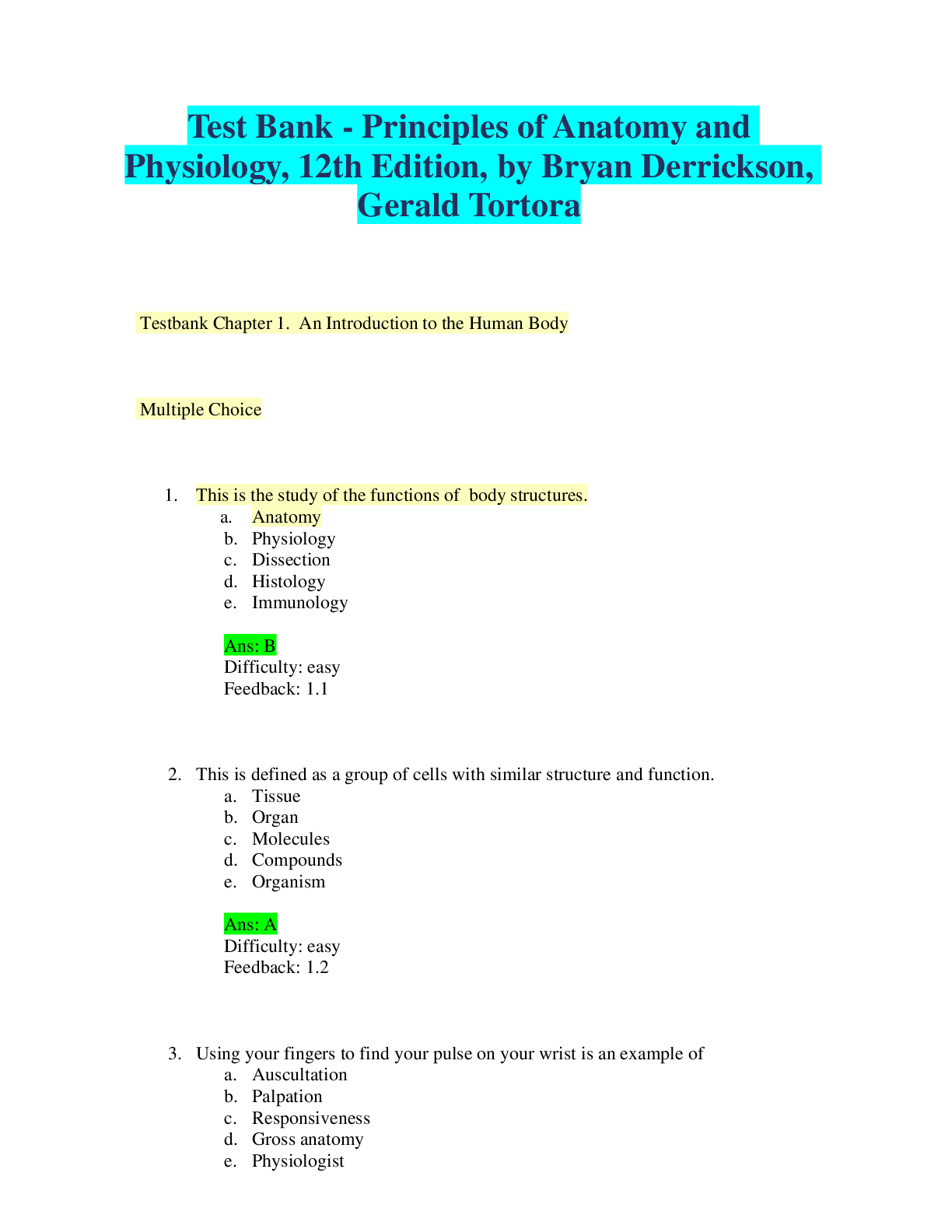

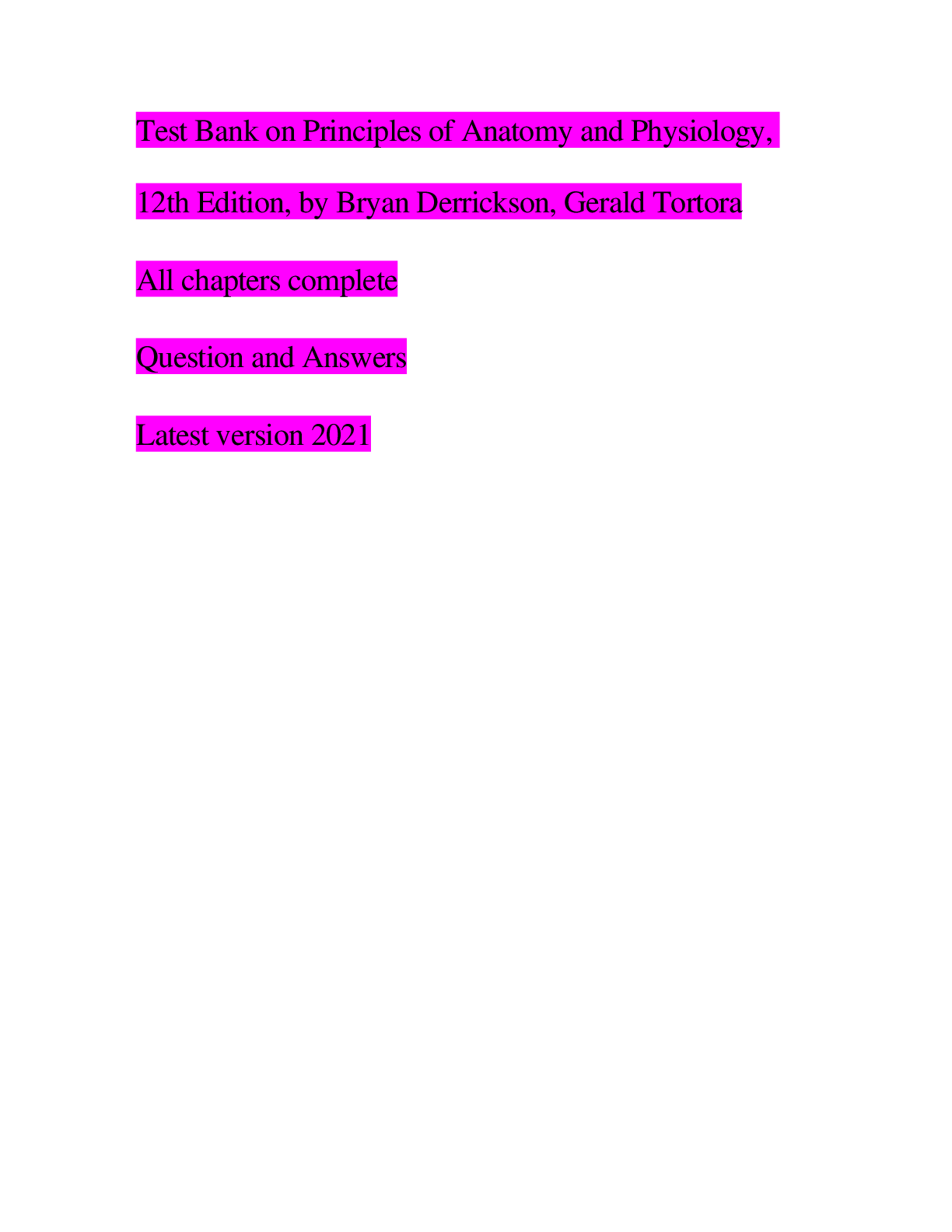

.png)


